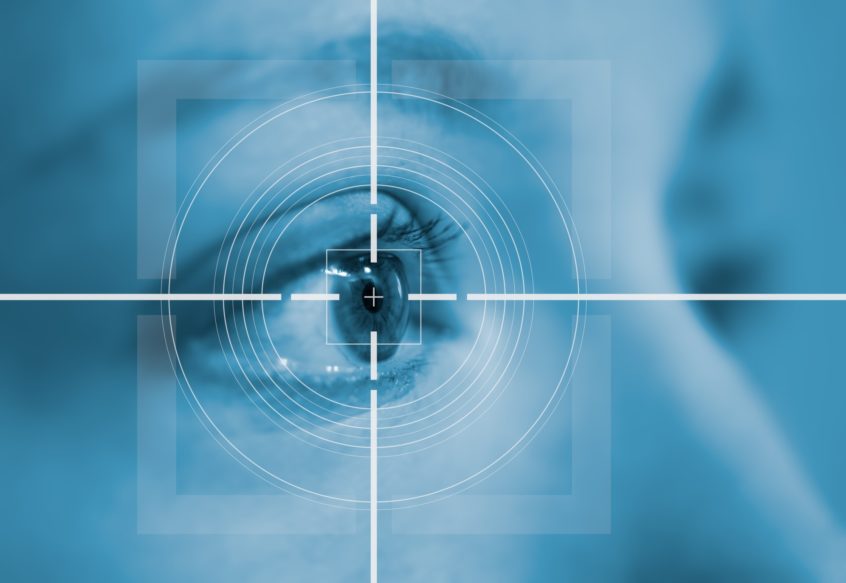After wearing glasses for years the immediate excitement and vision relief of LASIK can be exciting. That excitement can sometimes overshadow some of the long-lasting side effects of the procedure. Even though people know that there is a risk of dry eye, it is a risk most are willing to take without worry. That is until it actually happens. If you suffer from dry eye and lack of tear production, there is an increased chance of an eye infection and other complications. Most of the time the symptoms of dry eye will go away after six months after the LASIK procedure, but until that happens and your eyes are naturally lubricated here are a few ways to help with the pain and annoyance of dry eye.
According to Dr. Rapoport from Manhattan Eye, “Dry eye, if not optimized beforehand, can get slightly worse after LASIK because the laser creates a flap at the top of the cornea, going through corneal nerves. Different techniques can minimize this (like making a thinner flap) or doing a different laser refractive procedure. Omega-3 and other fatty acids are helpful in relieving occasional dry eye. Some foods such as salmon, olive oil, and a Mediterranean diet that contains omegas are beneficial. A regimen to clean the eyelids, and a humidifier in the bedroom are all super helpful too. Finally, procedures such as Tearcare to treat dry eye from blepharitis and punctal plugs can be game-changers as well.”
Omega-3 Fatty Acids
Increase fatty acids in your diet. Omega-3 fatty acids are great items to add to your diet. Things such as mackerel, salmon, and cod liver oil are great foods for fish eaters. Vegetarians can also add in Omega-3 fatty acid foods incorporating flaxseed, chia seed, and walnuts. Omega-3 fatty acids can help prevent and treat dry eye syndrome, a common eye condition where your eyes don’t produce enough tears.
Another way to add Omega-3 support to your eyes is by using Viteyes Tear Support. Viteyes Tear Support is formulated to help increase hydration to the eye for occasional Dry Eye without the drops! The premium blend contains key ingredients of Omega-3, Borage Seed, Flaxseed Oil & Tumeric. Omega-3 helps to maintain healthy tear film in the eye, while borage seed assists in stimulating tear production.
Reduce Screen Time
Lifestyle changes like limiting screen use and using eye protection when needed can also be very effective. Our eyes are exposed to screens almost on a consistent basis each day. Phones, televisions, computers, radios, and even electronic billboards. Using blue light glasses or even Blue Light Viteyes Defender + can help lessen the strain on your eyes while they are dry. Cutting out some of those screens and the time exposed to them when you can is a big help as well. Even though cutting screen time might seem like a hard thing to do, the immediate difference in dry eye strain may help keep screens away.
Stay Hydrated
This seems like common knowledge, but if your body is not hydrated it is hard for your eyes to stay lubricated. One of the best things to do for your body after any major life routine change is to make sure you are drinking plenty of fluids. Of course with anything, after a medical procedure please follow all of your doctor’s directions and make sure to ask about fluid intake to help with your dry eyes.
Dry eyes are not a symptom to ignore. Taking time to talk with your doctor before and after your LASIK surgery is one of the most important things you can do to help with recovery time. Making small changes each day to your routine and diet can help relieve some of your dry eye symptoms and you may find the changes are something you take with you long after dry eye recovery.
